
ERP Integrations
Seamless ERP/WMS Integration is within your reach

Why Tangentia Commerce EDI Integrations?
STABILITY: Backed by the Global Tangentia Consulting & Technology Organization
CREDIBILITY: 11 Fortune 500 Customers
FLEXIBILITY: Integrations to 50+ ERP/WMS/eCommerce Systems
RELIABILITY: 5000+ EDI Customers Globally
SCALABILITY: Connect to more than 2000+ trading hubs globally
NO EDI CHARGEBACKS: Guaranteed EDI compliance to trading partner’s specifications
ERP Integrations
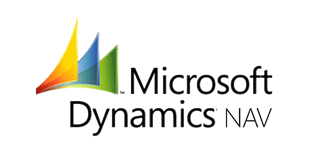
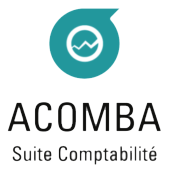








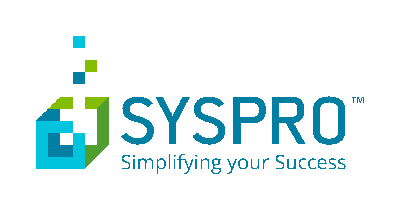



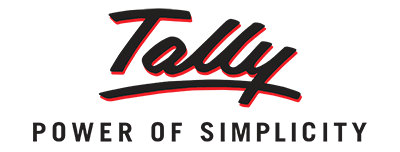

WMS Integrations







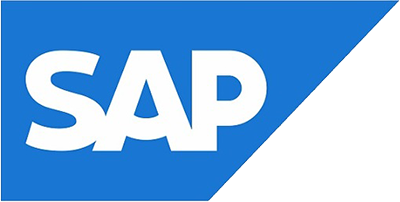
eCommerce Integrations







Carrier Integrations





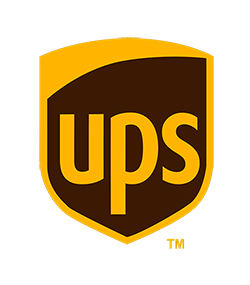

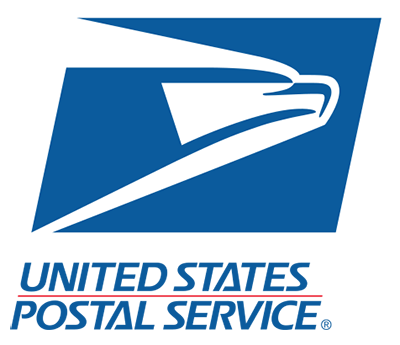

Services & Features
What are the most common EDI standards?
Empower your production and supply chain teams with real-time data. Use automotive supply chain management tools to identify risks before they impact your bottom line.
What is EDIFACT?
EDIFACT stands for Electronic Data Interchange for Administration, Commerce, and Transport and is a standard developed by the United Nations. The EDIFACT standard provides an internationally agreed message format, directories, and guidelines for multi-country and multi-industry EDI communications.
What is Tradacoms?
Tradacoms is an EDI standard introduced in 1982 as a precursor to EDIFACT and subsequently maintained and extended by GS1 UK. The development of Tradacoms ended in 1995 in favor of the EDIFACT EANCOM subsets.
What is EDI ANSI X12?
ANSI X12 stands for American National Standards Institute X12 and refers to the American EDI standard developed in 1979.
What is EANCOM?
Developed in 1987, EANCOM was created as a subset of the EDIFACT standard.
What is EDI XML?
EDI via the XML open standard differs greatly to other standards-based EDI, because XML is made up of information gathered into tags rather than having set positions for the data like the EDIFACT and X12 standard.
What Our Customers Are Saying
Get Started On Your EDI Journey Today
The business world is transforming. How are you keeping up with these changes? Discover how you can achieve cloud maturity with personalized solutions that enhance productivity, cut costs, and improve core supply chain processes.





